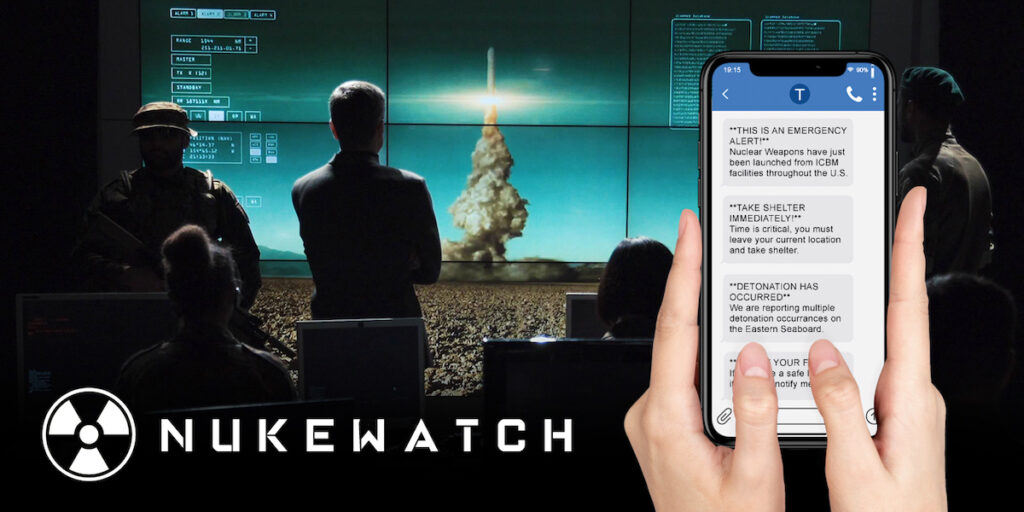NukeWatch Buys Families Valuable Time in the Face of a Nuclear Attack
While government nuclear operations focus on mobilizing government response, NukeWatch’s mission is to help families quickly get to safety

In today’s volatile world, especially in the face of Russia’s recent attacks on Ukraine, the threat of a nuclear attack is prevalent. Similar to other everyday disasters, families should have a plan for how to react in the face of a nuclear attack. Thanks to a new nuclear notification and preparedness system, NukeWatch, families can now jump into action more quickly when a nuclear attack is imminent.
In the event of a nuclear attack, residents of the target area only have thirty minutes from the time of the warhead launch until impact. Minutes are precious, and the faster people can react and get to safety, the more lives can be saved. With this in mind, NukeWatch creator Christopher Foust wanted to create a tool to give people more time to get to their families so they can retreat to a safe space together.
Foust saw a need for the alert system given the delayed notifications that the US government sends during a pending attack. The government’s primary focus in the face of a nuclear event is to mobilize its team to respond. This results in lag times communicating an incoming attack to the public, typically only giving citizens two minutes to get to safety. On the other hand, NukeWatch notifies its network of users of a nuclear warhead launch within seconds, giving them 20-25 minutes more time to communicate with their families, shelter in place, or leave the area.
NukeWatch’s Nuclear Emergency Warning System (NEWS) is linked to a Central Command Center hidden away in the Rocky Mountains, which is connected to three other monitoring stations across the nation. Unlike other nuclear monitoring centers that rely on technology and AI to monitor global activity, NukeWatch runs on 24/7 human monitoring, allowing the team to notify the public more quickly in the face of danger. The secure bunker is also fortified to remain active during an attack to keep its network continuously informed of the events happening around them.
Their mobile alerts take less than five minutes to set up. Once activated, the NukeWatch alert system places users on its communication list, ensuring they are notified via text message in the event of a nuclear attack. NukeWatch tests its system weekly with text messages to ensure proper functioning. Users can also access current news and expert insights into global nuclear activity to stay on top of current events.
In addition to serving as a nuclear notification system, NukeWatch also allows users to proactively plan for a nuclear attack with an online control panel. This dashboard helps users calculate safe zones in their cities, print roads maps for their state, and watch videos providing valuable information regarding their safety and survival.
“These times are intensifying,” said Foust. “In the event of an ICBM attack, you have only minutes to move to a safe location. I would want my own family to have this type of alert, notifying and providing them a chance to get to safety.”
NukeWatch offers promotional pricing of $0.99 for the first month and then $3.99 monthly following that. To learn more or purchase the NukeWatch alert system, visit www.nukewatch.com. Foust is also available for interviews via Zoom for media sources or organizations wanting to learn more about NukeWatch.
Christopher Foust
Nukewatch
+1 866-936-9369
chris@nukewatch.com


